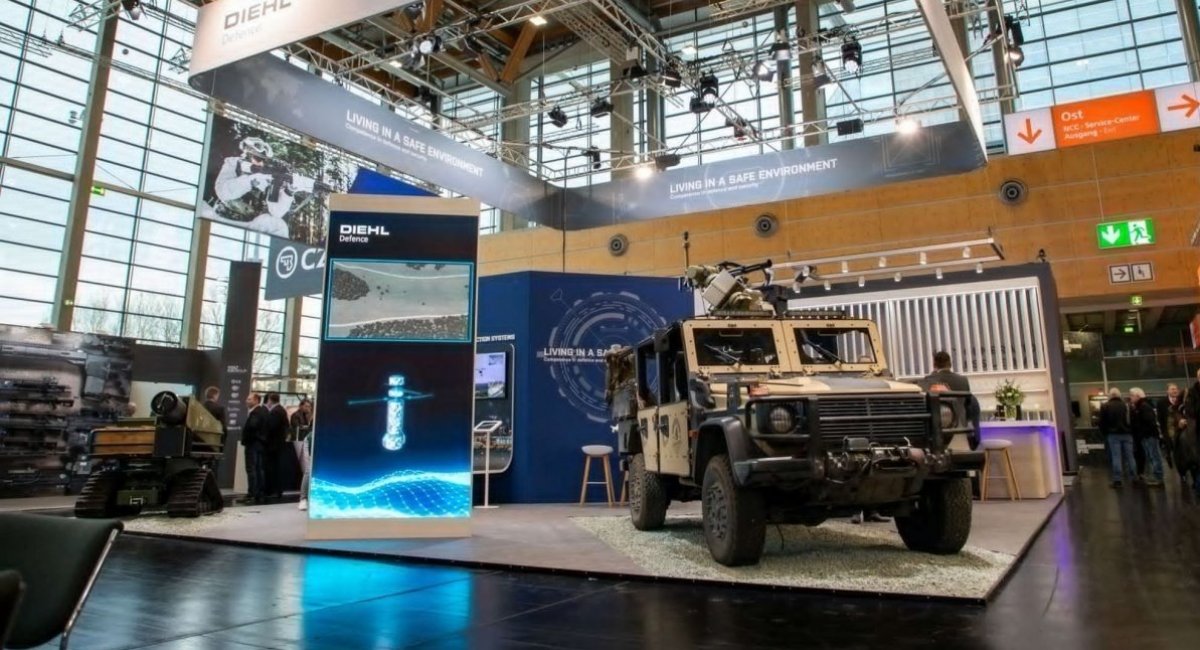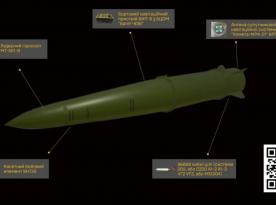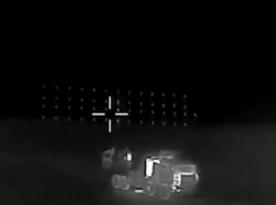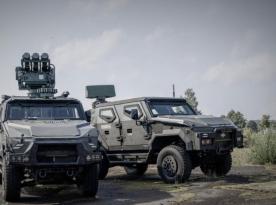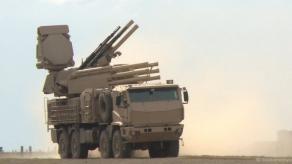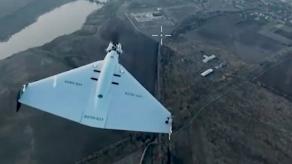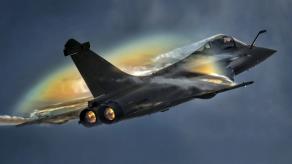This week the Bundeswehr are running trials of Diehl Defense's Kinetic Defense Vehicle (KDV), with an official demonstration scheduled for next week. The timing is notable: the KDV is not a lab prototype but a system that has already spent almost a year in harsh frontline conditions with Ukrainian forces, giving German evaluators a rare chance to test a combat-proven solution.
Reports emphasise that the first KDV vehicles delivered to Ukraine in December 2024 performed well in counter-UAV roles and have since received notable upgrades. The updated variant, shown publicly at EnforceTac 2025 in February, represents a significant evolution compared with the original baseline that entered Ukrainian service, with improvements aimed at greater automation, AI-assisted functions, and an added electro-optical sensor station.
Read more: Vintage Yak-52 Aircraft Is Being Reborn as a Drone-Hunting Platform on Ukraine's Front Lines

That operational track record matters. Germany will not only assess hardware that has been used under fire, but also evaluate an improved configuration that may already incorporate lessons learned during Ukrainian deployment. If those battlefield-driven upgrades prove effective in trials, the Bundeswehr could shortcut a lot of development risk and move quickly to procurement.
Technically, the KDV is built on the Enok MBB chassis and fields the Slinger combat module (a variation of EOS's R400S system) as its effectors. That architecture gives the system mobility and a modular sensor/effector suite suited to modern counter-drone missions, from detection through to kinetic or non-kinetic defeat options, depending on the exact Slinger fit.
Operational feedback from Ukraine appears to have driven the most important upgrades, in automation and AI integration, which could reduce crew workload and speed target identification and engagement in cluttered electromagnetic and visual environments. The addition of an enhanced opto-electronic station should also improve detection ranges and target discrimination, both critical against low-signature loitering munitions and small quadcopters.
For the Bundeswehr this is a valuable opportunity: instead of buying an unproven system, Germany can trial a platform that has been stress-tested in combat and matured by wartime use. That lowers programmatic risk and shortens the timeline from decision to fielding; German planners reportedly already view the KDV as a strong candidate for their anti-drone requirements.
Read more: Myanmar Puts russian Mi-38T Helicopters into Service After a Five-Year Wait




